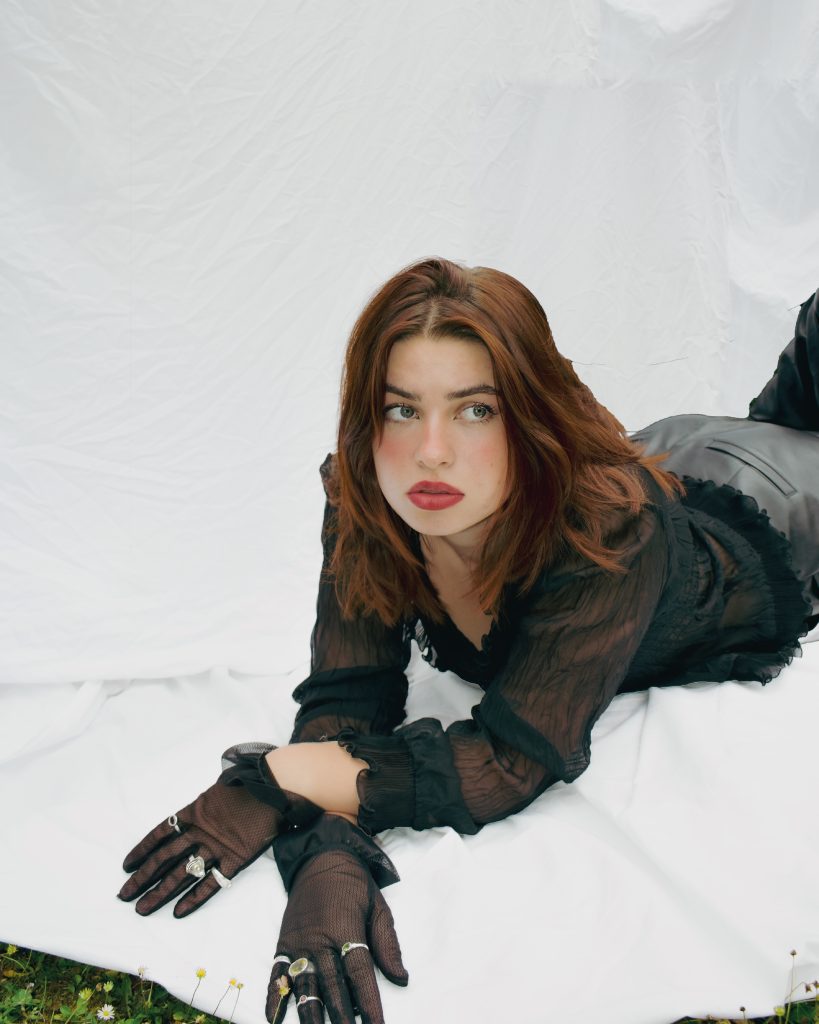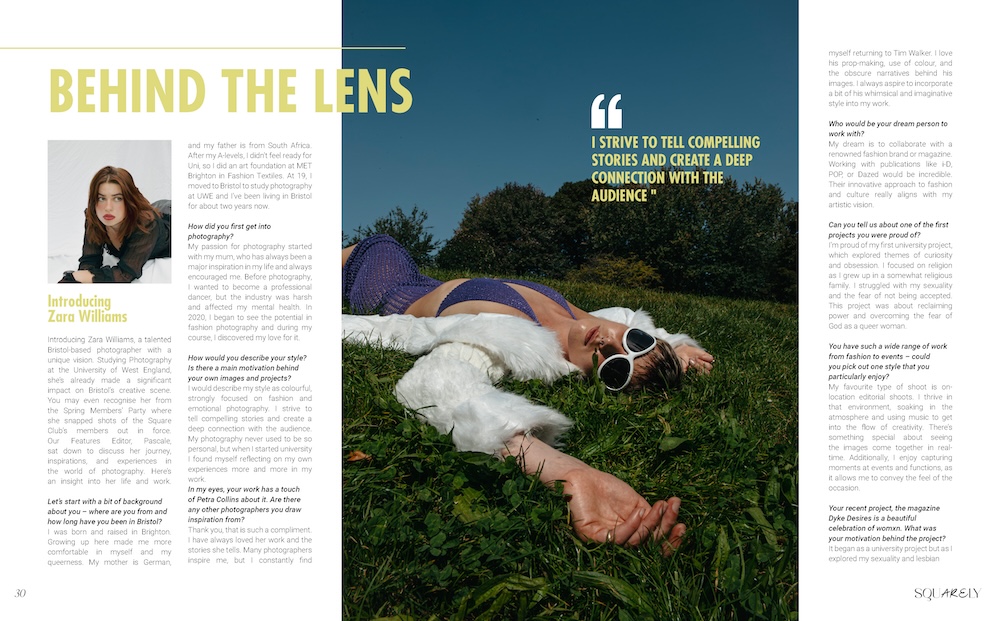
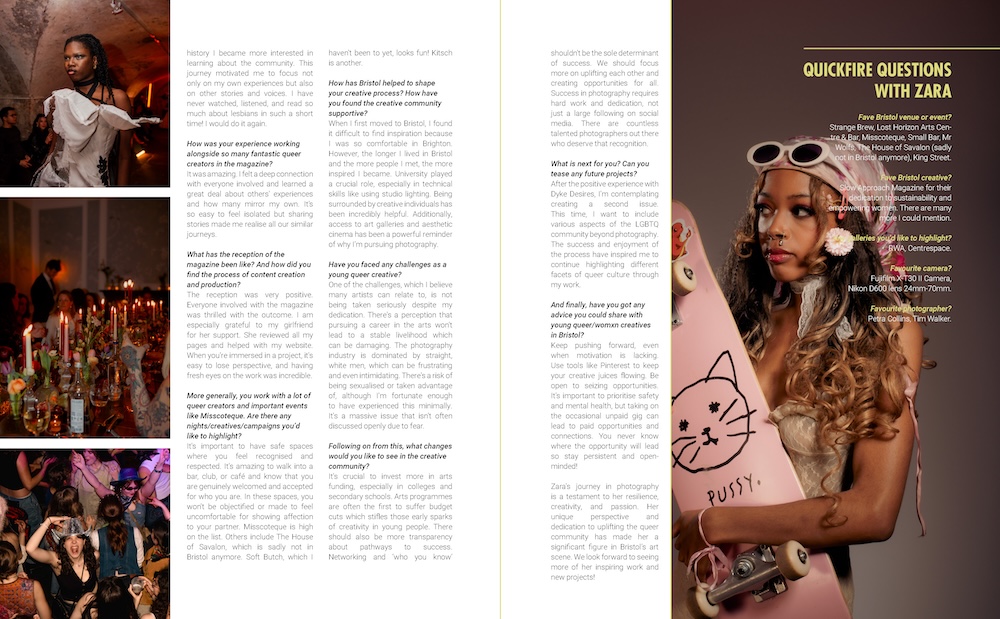
Behind the Lens: Zara Williams
Introducing Zara Williams, a talented Bristol-based photographer with a unique vision. Studying Photography at the University of West England, she’s already made a significant impact on Bristol’s creative scene. You may even recognise her from the Spring Members’ Party where she snapped shots of the Square Club’s members out in force. Our Features Editor, Pascale, sat down to discuss her journey, inspirations, and experiences in the world of photography. Here’s an insight into her life and work.
Let’s start with a bit of background about you – where are you from and how long have you been in Bristol?
I was born and raised in Brighton. Growing up here made me more comfortable in myself and my queerness. My mother is German, and my father is from South Africa. After my A-levels, I didn’t feel ready for Uni, so I did an art foundation at MET Brighton in Fashion Textiles. At 19, I moved to Bristol to study photography at UWE and I’ve been living in Bristol for about two years now.
How did you first get into photography?
My passion for photography started with my mum, who has always been a major inspiration in my life and always encouraged me. Before photography, I wanted to become a professional dancer, but the industry was harsh and affected my mental health. In 2020, I began to see the potential in fashion photography and during my course, I discovered my love for it.
How would you describe your style? Is there a main motivation behind your own images and projects?
I would describe my style as colourful, strongly focused on fashion and emotional photography. I strive to tell compelling stories and create a deep connection with the audience. My photography never used to be so personal, but when I started university I found myself reflecting on my own experiences more and more in my work.
In my eyes, your work has a touch of Petra Collins about it. Are there any other photographers you draw inspiration from?
Thank you, that is such a compliment. I have always loved her work and the stories she tells. Many photographers inspire me, but I constantly find myself returning to Tim Walker. I love his prop-making, use of colour, and the obscure narratives behind his images. I always aspire to incorporate a bit of his whimsical and imaginative style into my work.
Who would be your dream person to work with?
My dream is to collaborate with a renowned fashion brand or magazine. Working with publications like i-D, POP, or Dazed would be incredible. Their innovative approach to fashion and culture really aligns with my artistic vision.
Can you tell us about one of the first projects you were proud of?
I’m proud of my first university project, which explored themes of curiosity and obsession. I focused on religion as I grew up in a somewhat religious family. I struggled with my sexuality and the fear of not being accepted. This project was about reclaiming power and overcoming the fear of God as a queer woman.
You have such a wide range of work from fashion to events – could you pick out one style that you particularly enjoy?
My favourite type of shoot is on-location editorial shoots. I thrive in that environment, soaking in the atmosphere and using music to get into the flow of creativity. There’s something special about seeing the images come together in realtime. Additionally, I enjoy capturing moments at events and functions, as it allows me to convey the feel of the occasion.
Your recent project, the magazine Dyke Desires is a beautiful celebration of womxn. What was your motivation behind the project?
It began as a university project but as I explored my sexuality and lesbian history I became more interested in learning about the community. This journey motivated me to focus not only on my own experiences but also on other stories and voices. I have never watched, listened, and read so much about lesbians in such a short time! I would do it again.
How was your experience working alongside so many fantastic queer creators in the magazine?
It was amazing. I felt a deep connection with everyone involved and learned a great deal about others’ experiences and how many mirror my own. It’s so easy to feel isolated but sharing stories made me realise all our similar journeys.
What has the reception of the magazine been like? And how did you find the process of content creation and production?
The reception was very positive. Everyone involved with the magazine was thrilled with the outcome. I am especially grateful to my girlfriend for her support. She reviewed all my pages and helped with my website. When you’re immersed in a project, it’s easy to lose perspective, and having fresh eyes on the work was incredible.
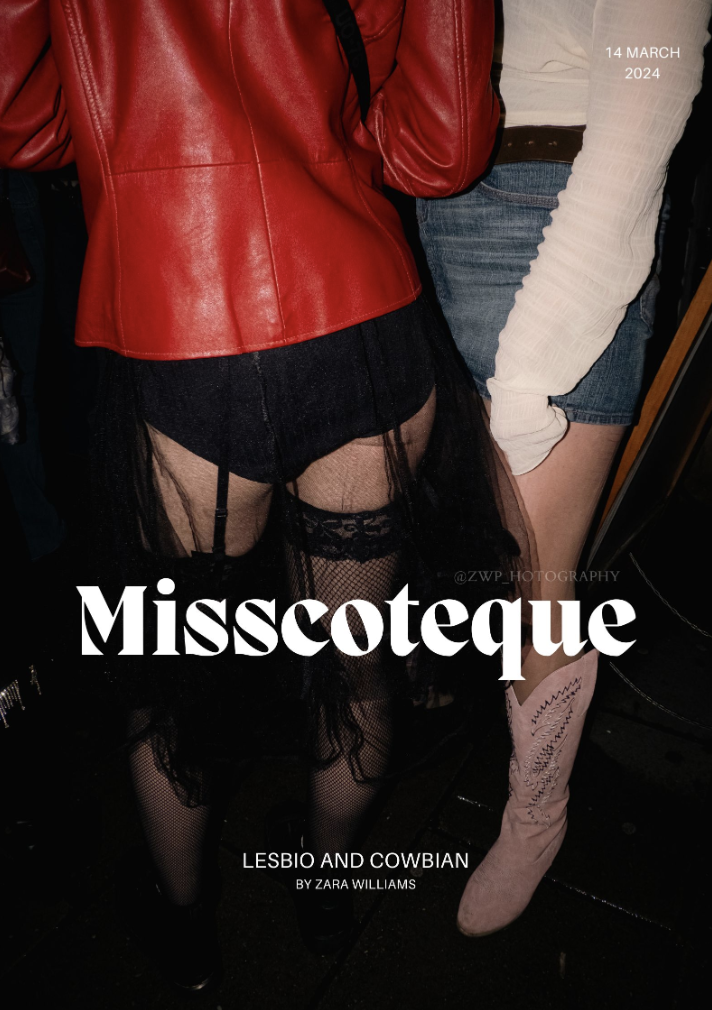 More generally, you work with a lot of queer creators and important events like Misscoteque. Are there any nights/creatives/campaigns you’d like to highlight?
More generally, you work with a lot of queer creators and important events like Misscoteque. Are there any nights/creatives/campaigns you’d like to highlight?
It’s important to have safe spaces where you feel recognised and respected. It’s amazing to walk into a bar, club, or café and know that you are genuinely welcomed and accepted for who you are. In these spaces, you won’t be objectified or made to feel uncomfortable for showing affection to your partner. Misscoteque is high on the list. Others include The House of Savalon, which is sadly not in Bristol any more. Soft Butch, which I haven’t been to yet, looks fun! Kitsch is another.
How has Bristol helped to shape your creative process? How have you found the creative community supportive?
When I first moved to Bristol, I found it difficult to find inspiration because I was so comfortable in Brighton. However, the longer I lived in Bristol and the more people I met, the more inspired I became. University played a crucial role, especially in technical skills like using studio lighting. Being surrounded by creative individuals has been incredibly helpful. Additionally, access to art galleries and aesthetic cinema has been a powerful reminder of why I’m pursuing photography.
Have you faced any challenges as a young queer creative?
One of the challenges, which I believe many artists can relate to, is not being taken seriously despite my dedication. There’s a perception that pursuing a career in the arts won’t lead to a stable livelihood which can be damaging. The photography industry is dominated by straight, white men, which can be frustrating and even intimidating. There’s a risk of being sexualised or taken advantage of, although I’m fortunate enough to have experienced this minimally. It’s a massive issue that isn’t often discussed openly due to fear.
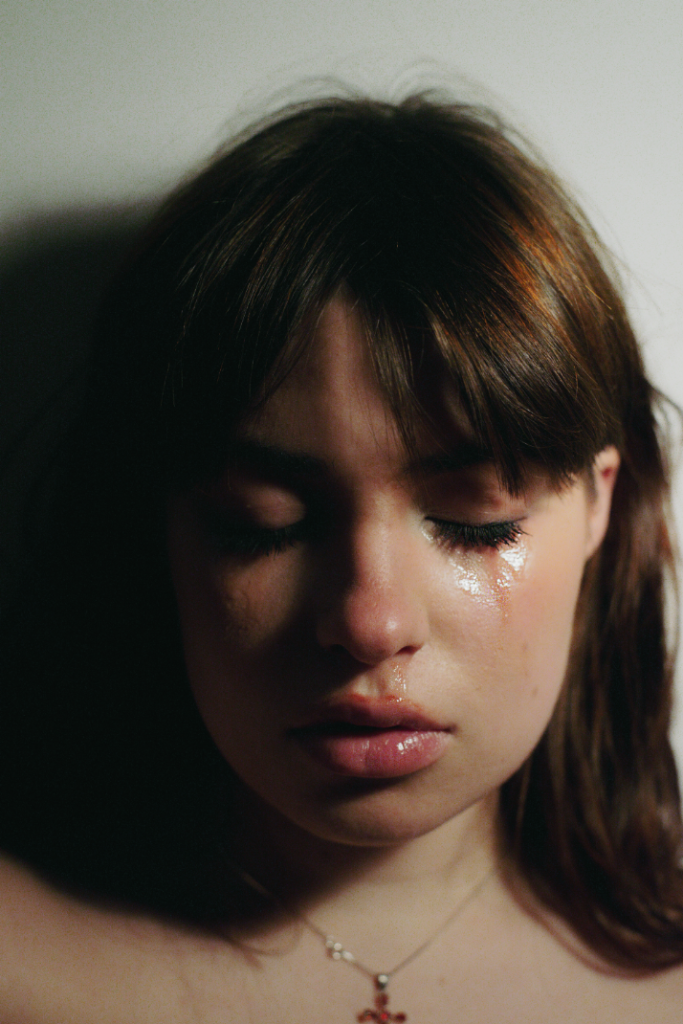 Following on from this, what changes would you like to see in the creative community?
Following on from this, what changes would you like to see in the creative community?
It’s crucial to invest more in arts funding, especially in colleges and secondary schools. Arts programmes are often the first to suffer budget cuts which stifles those early sparks of creativity in young people. There should also be more transparency about pathways to success. Networking and ‘who you know’ shouldn’t be the sole determinant of success. We should focus more on uplifting each other and creating opportunities for all. Success in photography requires hard work and dedication, not just a large following on social media. There are countless talented photographers out there who deserve that recognition.
What is next for you? Can you tease any future projects?
After the positive experience with Dyke Desires, I’m contemplating creating a second issue. This time, I want to include various aspects of the LGBTQ community beyond photography. The success and enjoyment of the process have inspired me to continue highlighting different facets of queer culture through my work.
And finally, have you got any advice you could share with young queer/womxn creatives in Bristol?
Keep pushing forward, even when motivation is lacking. Use tools like Pinterest to keep your creative juices flowing. Be open to seizing opportunities. It’s important to prioritise safety and mental health, but taking on the occasional unpaid gig can lead to paid opportunities and connections. You never know where the opportunity will lead so stay persistent and open-minded!
Zara’s journey in photography is a testament to her resilience, creativity, and passion. Her unique perspective and dedication to uplifting the queer community has made her a significant figure in Bristol’s art scene. We look forward to seeing more of her inspiring work and new projects!
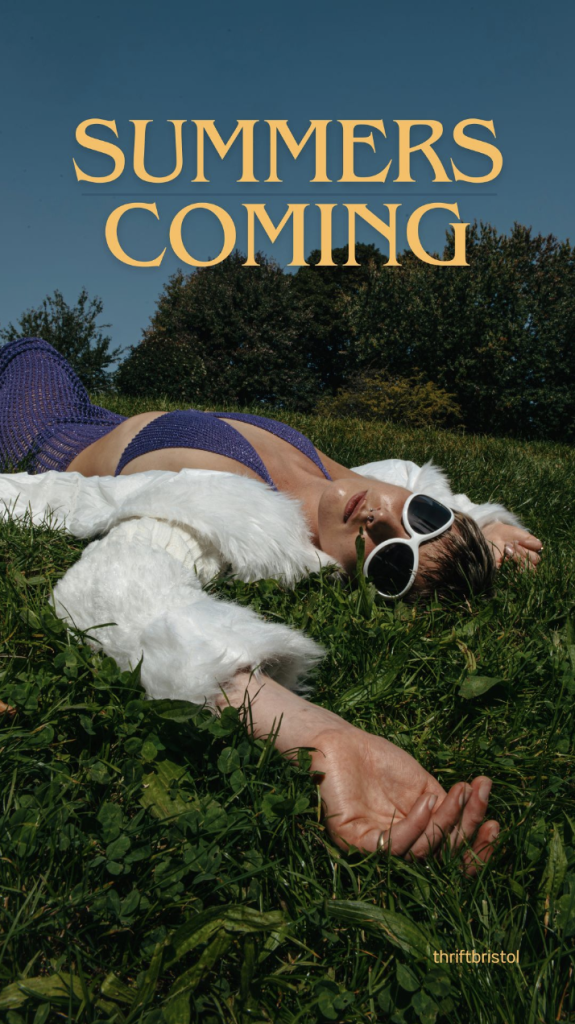 Quickfire Questions
Quickfire Questions
Fave Bristol venue or event?
Strange Brew, Lost Horizon Arts Centre & Bar, Misscoteque, Small Bar, Mr Wolfs, The House of Savalon (sadly not in Bristol anymore), King Street.
Fave Bristol creative?
Slow Approach Magazine for their dedication to sustainability and empowering women. There are many more I could mention.
Any galleries you’d like to highlight?
RWA, Centrespace.
Favourite camera?
Fujifilm X-T30 II Camera, Nikon D600 lens 24mm-70mm.
Favourite photographer?
Petra Collins, Tim Walker.
You can support Zara Williams by heading to her website and following her on Instagram, @zwp_hotopgrahy.
Read Zara’s zine, Dyke Desires here.
You can find out more about Squarely Magazine here.


